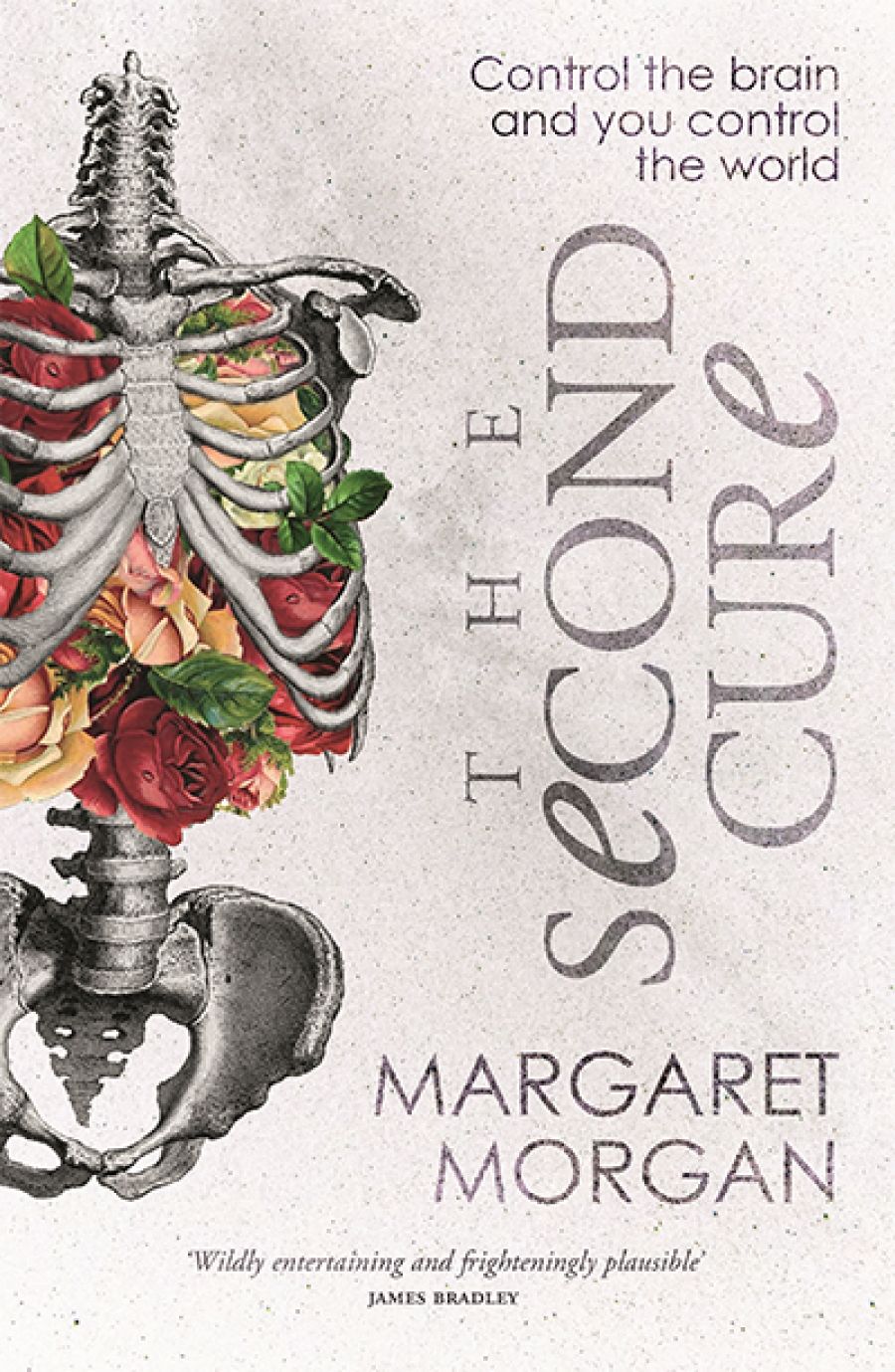
- Free Article: No
- Contents Category: Fiction
- Custom Article Title: Jack Rowland reviews 'The Second Cure' by Margaret Morgan
- Review Article: Yes
- Online Only: No
- Custom Highlight Text:
A plague with myriad weird effects spreads throughout the world in Margaret Morgan’s début, a speculative political thriller. The disease’s name is toxoplasmosis pestis: it causes people to develop intense synaesthesia, to act in impulsive and dangerous ways, or to lose their religious faith ...
- Book 1 Title: The Second Cure
- Book 1 Biblio: Vintage, $32.99 pb, 384 pp, 9780143790235
A plague with myriad weird effects spreads throughout the world in Margaret Morgan’s début, a speculative political thriller. The disease’s name is toxoplasmosis pestis: it causes people to develop intense synaesthesia, to act in impulsive and dangerous ways, or to lose their religious faith. In Sydney, scientist Charlie Zinn attempts to synthesise a cure, while in Brisbane, journalist and ‘political tragic’ Brigid Bayliss tries to ‘shine daylight’ on the rise of a far-right Christian polit- ician who is exploiting his state’s fear to gain power. There is a lot to set up in the novel’s first half, and not all of it is done with equal grace. Occasionally, Morgan’s reliance on scientific jargon can be difficult to wade through, especially when she outlines the disease’s ‘genetic mutation’. A number of chapters are heavily freighted with exposition.
Despite this, the novel quickly becomes readable once things have been established, and the second half is satisfyingly paced. The novel takes a temporal forward leap, and there is real pleasure in discovering the ways in which this vision of Australia shifts and changes. From the proliferation of autonomous cars and smart homes controlled almost wholly by computers to the pervasive rise of surveillance equipment and government control, the world that Morgan has created here seems highly plausible, which gives it resonance. Seeing the characters traverse a world in which people are ‘scared to talk’ and ‘scared to stick out’ as the vice grip of governmental control tightens is disquieting. The Second Cure is a novel well calibrated for our cultural and societal moment. It is a vision of where our country could be headed without vigilance, a nation where ‘the self-centred … impose their pathology on the rest of the community’.


Comments powered by CComment